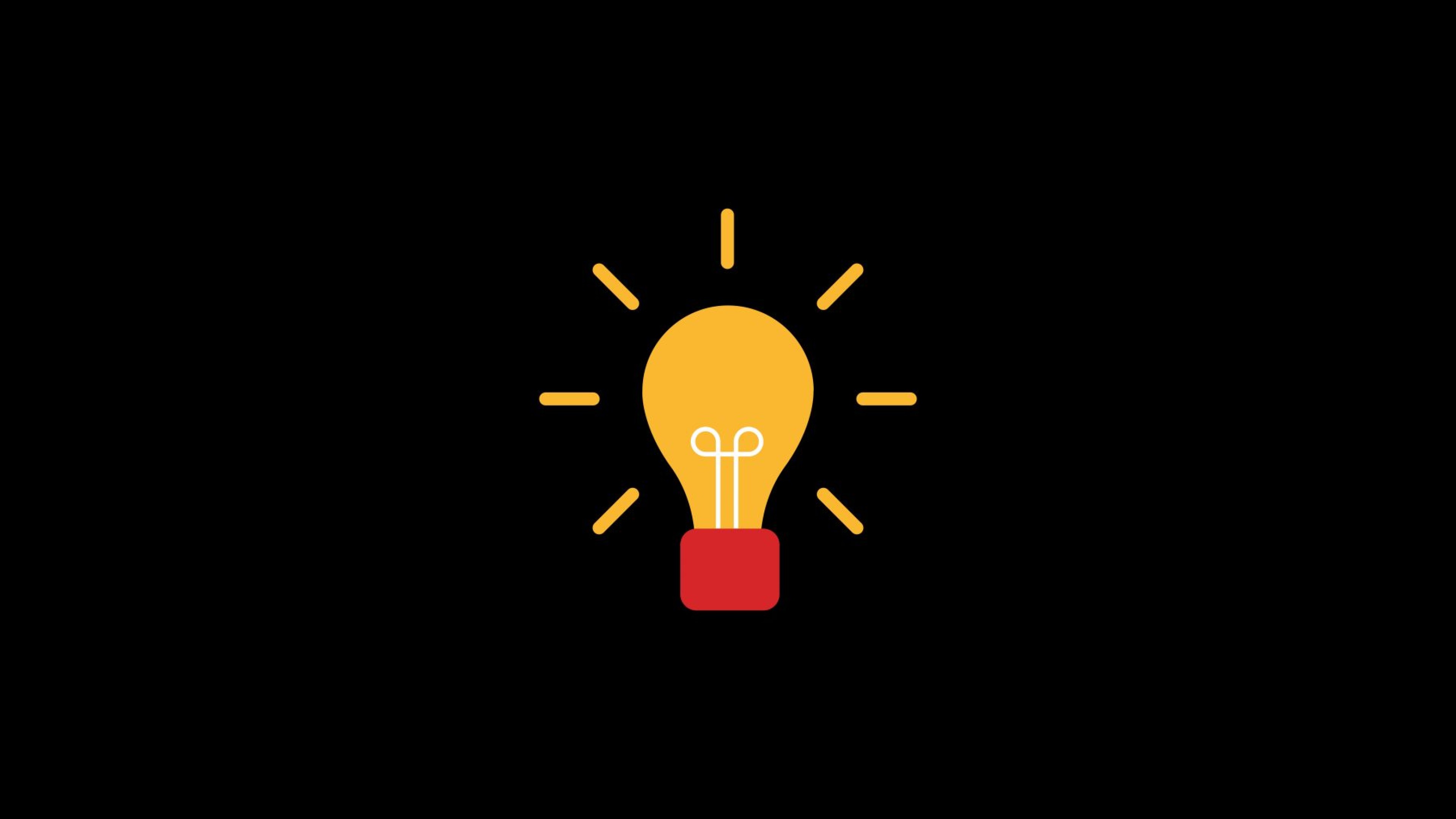The equation is simple.
A design brief should be clear and full of the information we designers need.
No wonder so many industry old-timers utter the phrase “never underestimate the power of a good brief”. Yet writing a good design brief isn’t easy. It can be difficult to take a step back and recognise what your design agency doesn’t know. Cue this blog post!
We’ve pulled together the key information that we – as graphic designers – need to create powerful design. There’s no mystery to it – just eight key details. Crack these and you’ll be on your way to creating opportunities through design, time and time again. Ready? Let’s go!
8 steps to a killer design brief
1. Kick off with a project overview
First things first, it’s time to set the scene. Tell your design team about the project from a broader perspective. Where does it fit into your business strategy and why do you need it? It’s all about the bigger picture – we can’t have too much information to start with.
2. Tell us about your goals
What will this project help you achieve? If you have KPIs, now’s the time to share them. At its most simple, this section should tell your design agency what your goals are, what you want to get out of this project and why you are doing it.
3. Explain your project scope and deliverables
Get specific – what do you want at the end of this project? It’s too easy to assume that your design agency knows what you’re looking for. If you can avoid making assumptions and make sure everyone’s on the same page, you’ll avoid difficult conversations further down the line. You’ll also save time and money – bonus!
4. Who is your target audience for this piece of work?
You might have already touched on this in the project overview, but it’s really useful to give your design agency some extra detail about your target audience. Tell us more than their age bracket and how much money they earn; profiling details are really useful. Tell us what your audience wants, what they’re into, what they expect and what they need. If you’ve got ideal customer avatars, this is the perfect time to show them off.
5. Be clear on your brand guidelines
Lots of businesses have brand guidelines in place already. They are the fonts, colour palette, logos and such-like that help define your visual brand. Sharing them might seem restrictive, but it’s easier for us and more cost-effective for you if we have them at the outset.
Don’t have branding guidelines? That’s something we’d be happy to help you with.
6. What timescales are you working to?
Every well-run project needs a clear timeline. As well as the date you want your deliverables, other key milestones and deadlines can be useful. For example, this might be when your new campaign goes live, or the date of a big meeting where you want to share in-progress visuals. Giving us this information means we can support you and make your job easier.
7. What’s your budget?
It might be the elephant in the room – but it shouldn’t be! By giving your design agency a clear budget, you’re setting clear expectations from the start. We’re here to give you honest advice and when you share budgets, it gives everyone clear goals and expectations. Room11 are hard-wired to overdeliver whenever we can!
8. The basics
Contact details and working hours are small details but important all the same. Let your design agency know who the key day-to-day contact is and when they work – this makes it easier for us (and means fewer emails for your team). It’s also really helpful for us to understand the approval process. Are you (the brief creator) the person who has the final say? Or will the full team be involved? Knowing this helps us understand how long the sign-off process will take and may change the way we present options and designs to you.
So there you have it, everything you need to create a killer design brief! Creativity is the name of the game, so if a written brief just isn’t your thing, a recording of you talking through the points above is just as helpful. And of course, we’re always up for a call or meeting to talk things through.
Want to know more about how we work? Get in touch – we’d love to hear from you.
Get in touch
Online, on the phone, or over a cuppa, we love to talk to you about how we can help with your future design needs.
